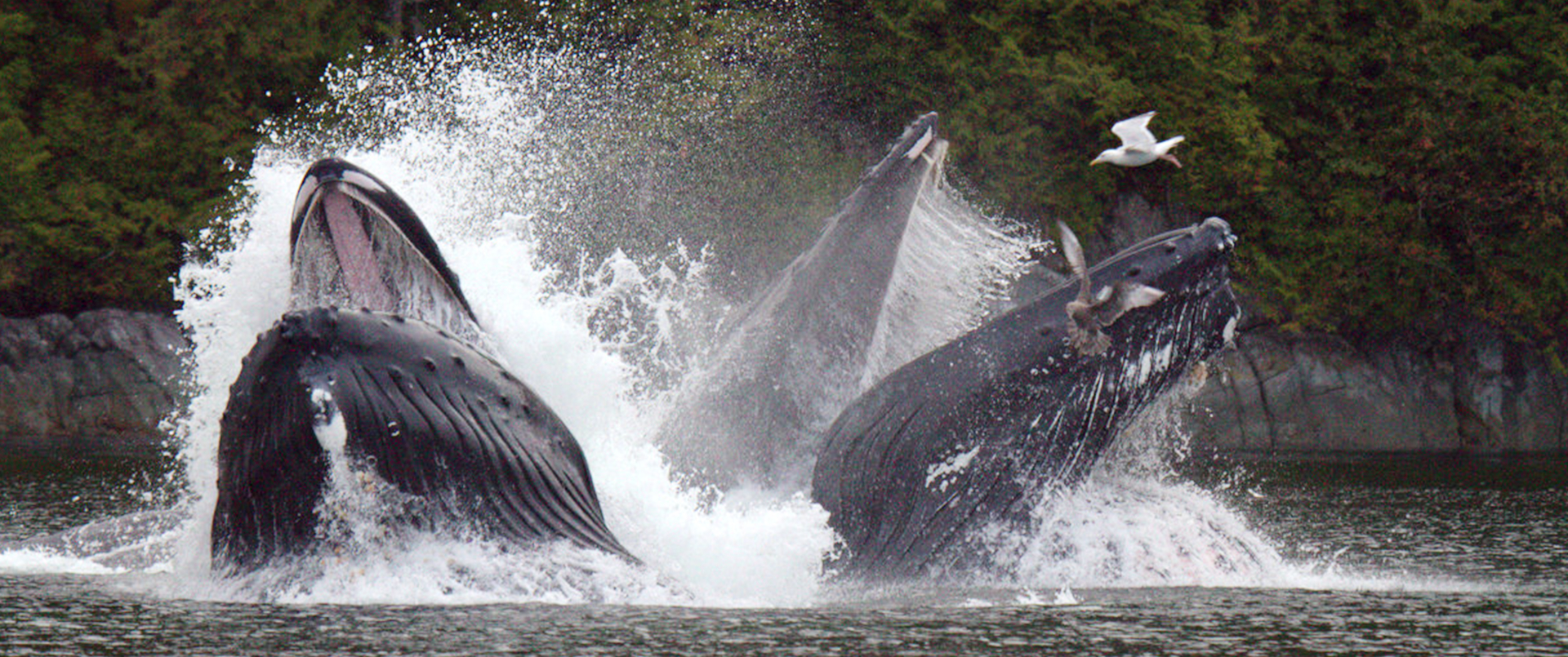Marine Protection
Ocean resources are our lifeline. They define who we are as Coastal First Nations people.
That’s why protection and sustainable economic development are the foundation of our marine plans for our traditional waters.
Currently very little meaningful marine protection is in place to protect coastal health and economies. Only 0.1 per cent of our marine Traditional Territories are fully protected from industrial activity. Almost no areas are closed to commercial fishing.
In 2010, Canada committed to targets set by the UN Convention on Biological Diversity. It agreed to protect 5 per cent of Canada’s marine and coastal areas by 2017 and 10 per cent by 2020.
In 2015, Coastal First Nations welcomes a renewed commitment by the federal government to ocean co-management and increased coastal protection. This is an important step toward reconciliation with First Nations governments and for BC’s marine health.

